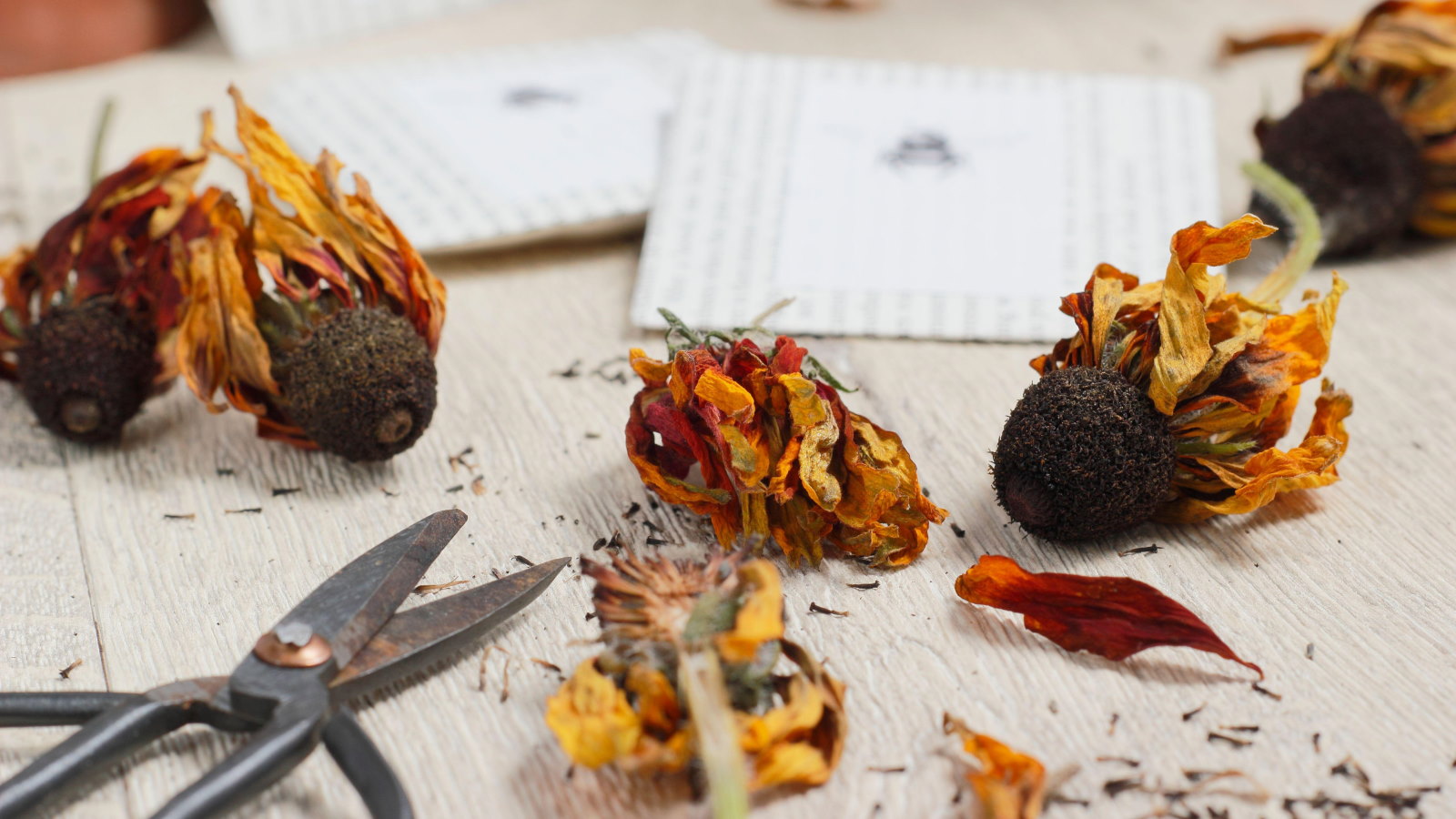
Collecting seeds from summer-flowering plants in October is a quick and easy task that gets you seeds to grow next year for more plants. When the temperature and light levels drop in fall, preparing for the new year can be an enjoyable task towards the end of the season.
Not only is it a hugely rewarding task, but economical too, and the period from late summer to mid-fall is an ideal time to head out and start collecting seeds. There are a bounty of options as you can collect seeds from lots of flowers and vegetables this month.
To help plan your fall gardening checklist, we look closely at seven hugely popular backyard favorites you can still harvest seeds from in October. The window to collect may be shorter for some plants than others and the time you have will depend on your climate and the weather.
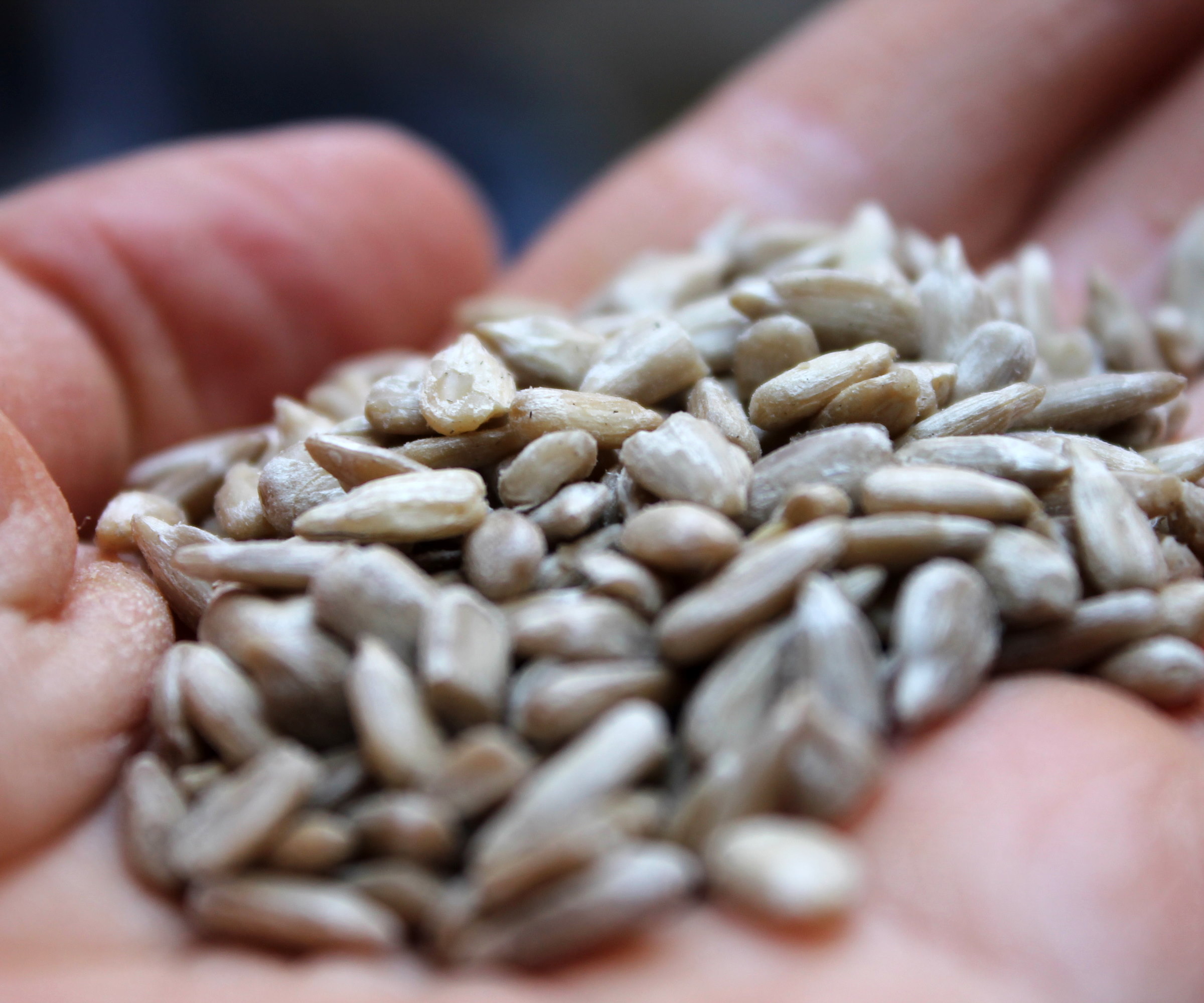
7 plants to collect seeds from this month
Avoid the seed harvesting mistake of collecting the seeds at the wrong time with our guide to some of the best plants to get free seeds from this month. Always remember to collect seeds on a dry day and avoid those seeds with signs of mold or disease.
1. Black-eyed Susan
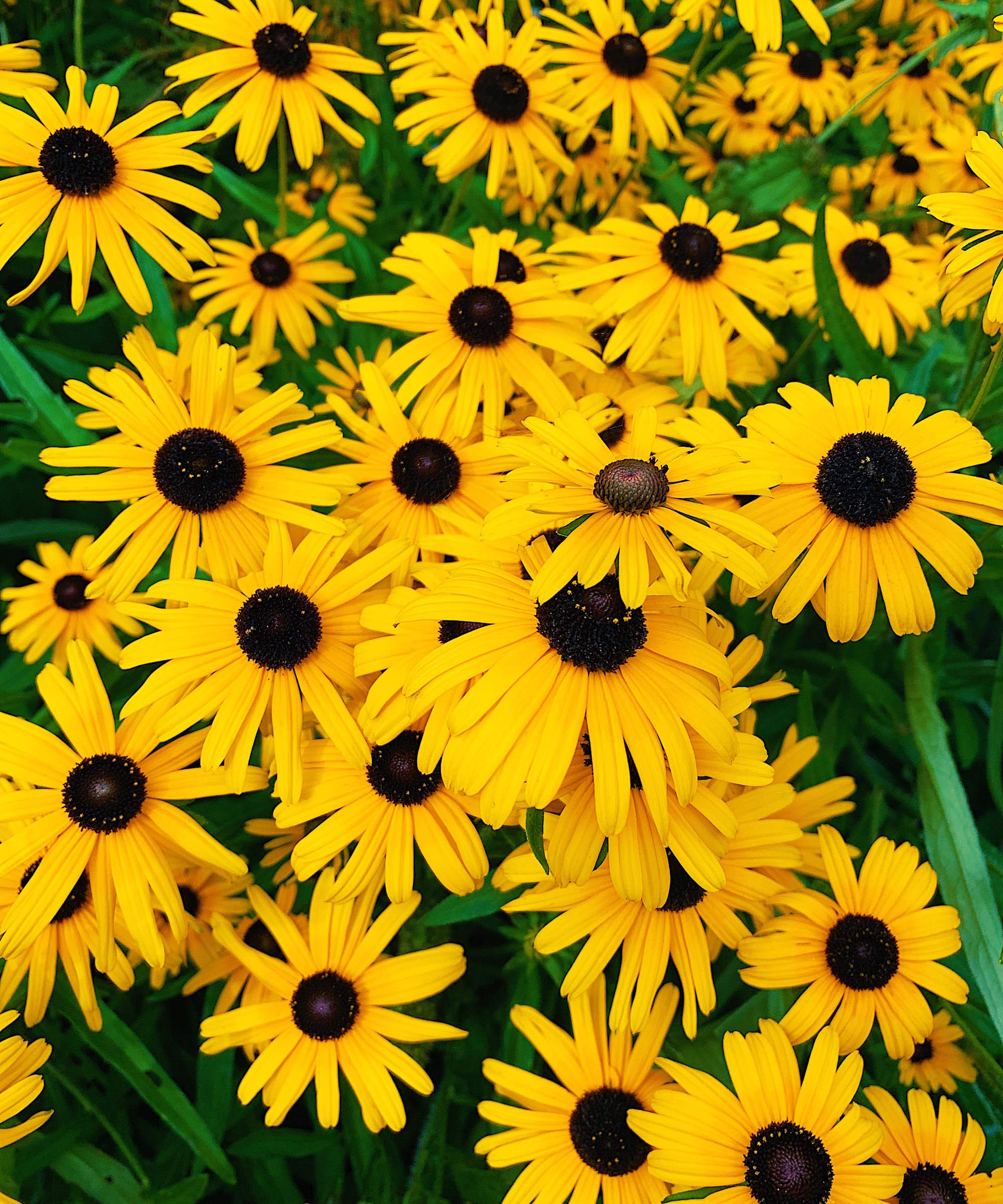
Black-eyed Susans are fantastic plants for pollinators and stun every year with their bright flower heads - often yellow but also in shades of orange or red - with distinctive dark centers that give them their monicker.
Black-eyed Susans produce masses of seeds that can be collected up until mid-October - just make sure the seeds are ready as they will not mature once removed.
After black-eyed Susans bloom the heads will turn dry around 3-4 weeks later, depending on the weather. Trim the seed heads off, place them in a paper bag, and them hang upside down to dry before extracting the seeds from the head.
2. Dahlias
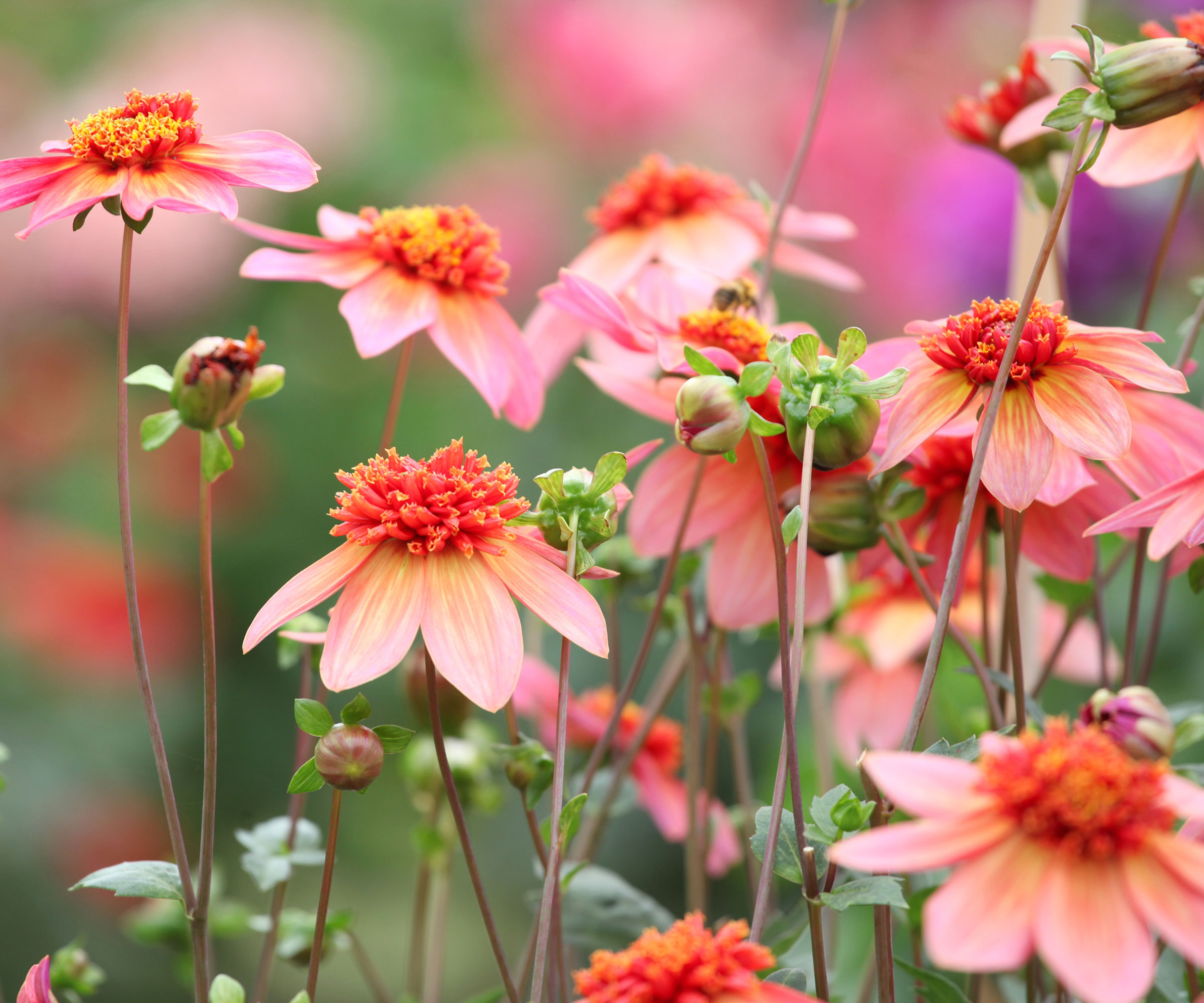
Growers traditionally plant dahlia tubers every year, however, you can grow dahlias from seed for an abundance of colorful blooms.
The one caveat is you have to be prepared for a surprise as there is no guarantee you’ll get the same flowers when you harvest dahlia seeds. As dahlias cross-pollinate easily, the resulting flower may be unexpected.
If you are not fussed about a specific type of dahlia and simply want colorful blooms, then saving and sowing seeds is a simple and great method worth experimenting with. Collect seeds from dahlias in the fall once the seed pod turns brown and dries up.
3. Pumpkins
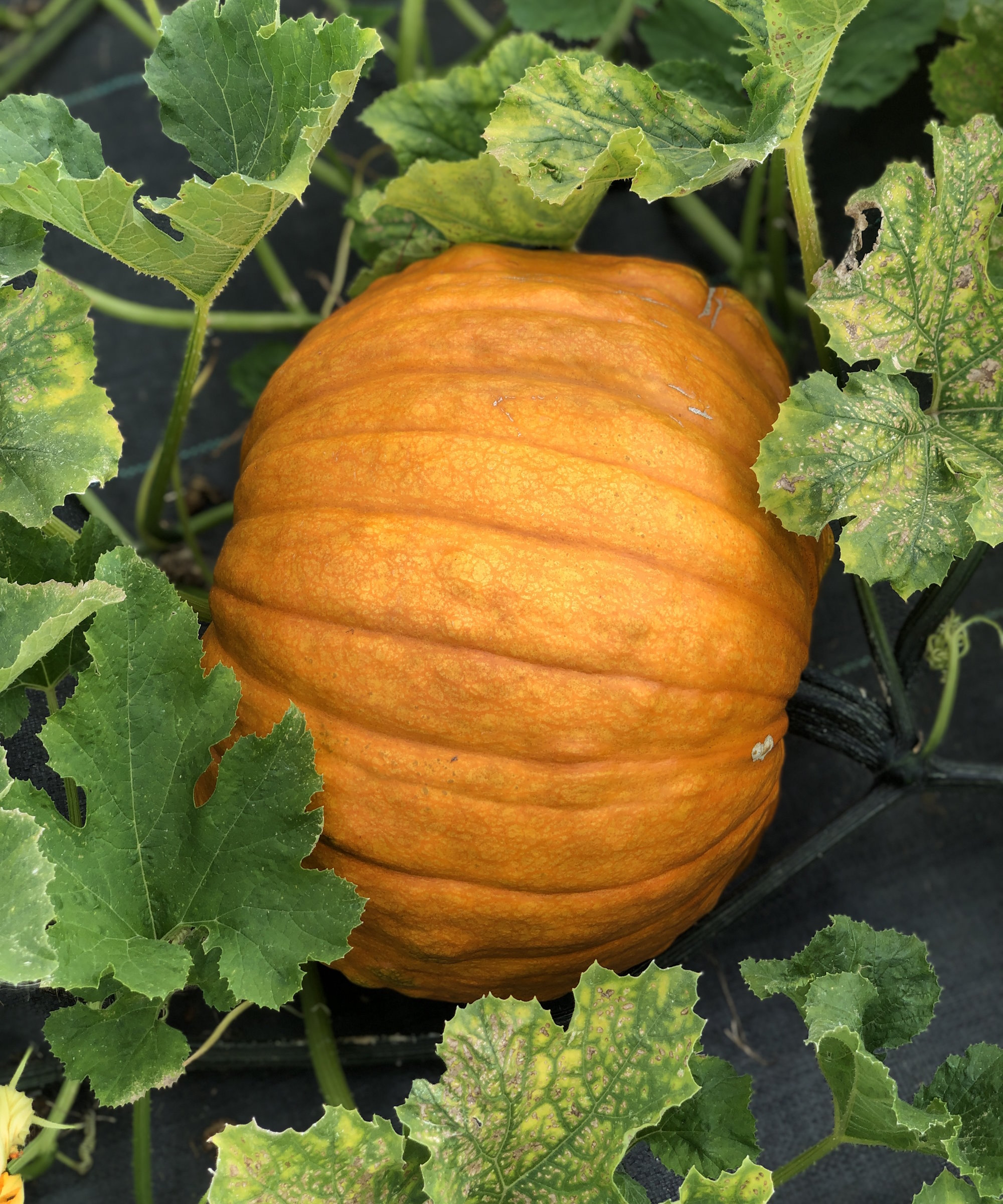
October is an ideal time to pick pumpkins. Whether you grow pumpkins for pumpkin carving, to decorate with pumpkins, or to use the fruits in cooking or baking, why not harvest the pumpkin seeds to plant again or enjoy as a delicious snack?
Scoop out the inners of the pumpkin and set aside the seeds, which need rinsing through a strainer to separate them from the flesh. If you are collecting seeds to plant pumpkins next year, pick the largest seeds and dry them on a paper towel before storing in an airtight container.
4. Sunflowers
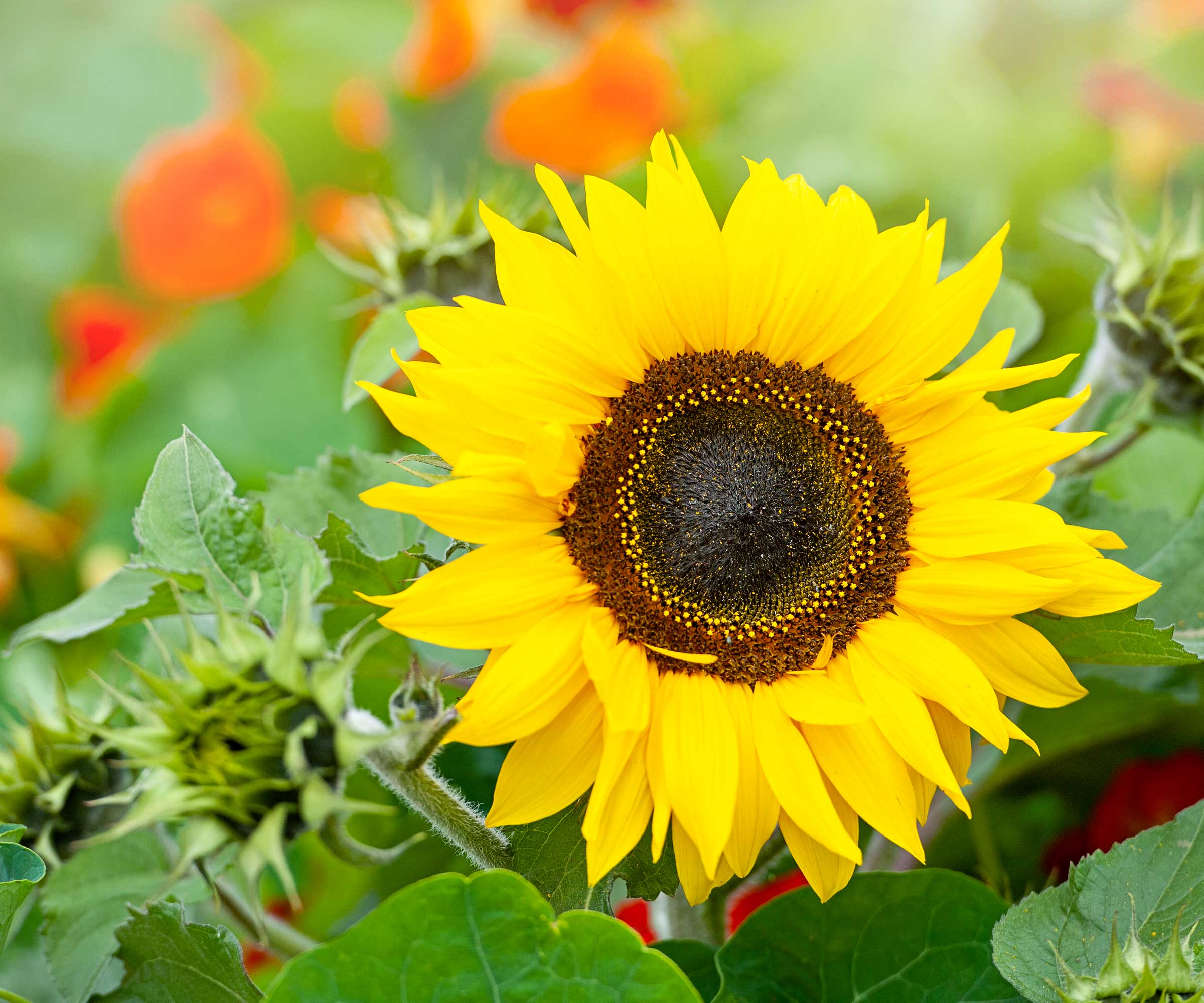
When you grow sunflowers, there are three options for dealing with them at the end of the season. Either prune the sunflowers and dispose of them, leave the dried flower heads for the birds to provide food in a winter garden, or harvest sunflower seeds to sow again or enjoy as a snack.
Sunflower seeds can be harvested through September and October, depending on the weather and type of sunflower. The seeds will be plump and should come out easily from the head when ready to pick.
Remove the head with sharp pruning shears or a knife and place into a paper bag. The seeds may start to fall out on their own, but they can be rubbed free from the head using your fingers and collected into a bowl.
5. Sweet peas
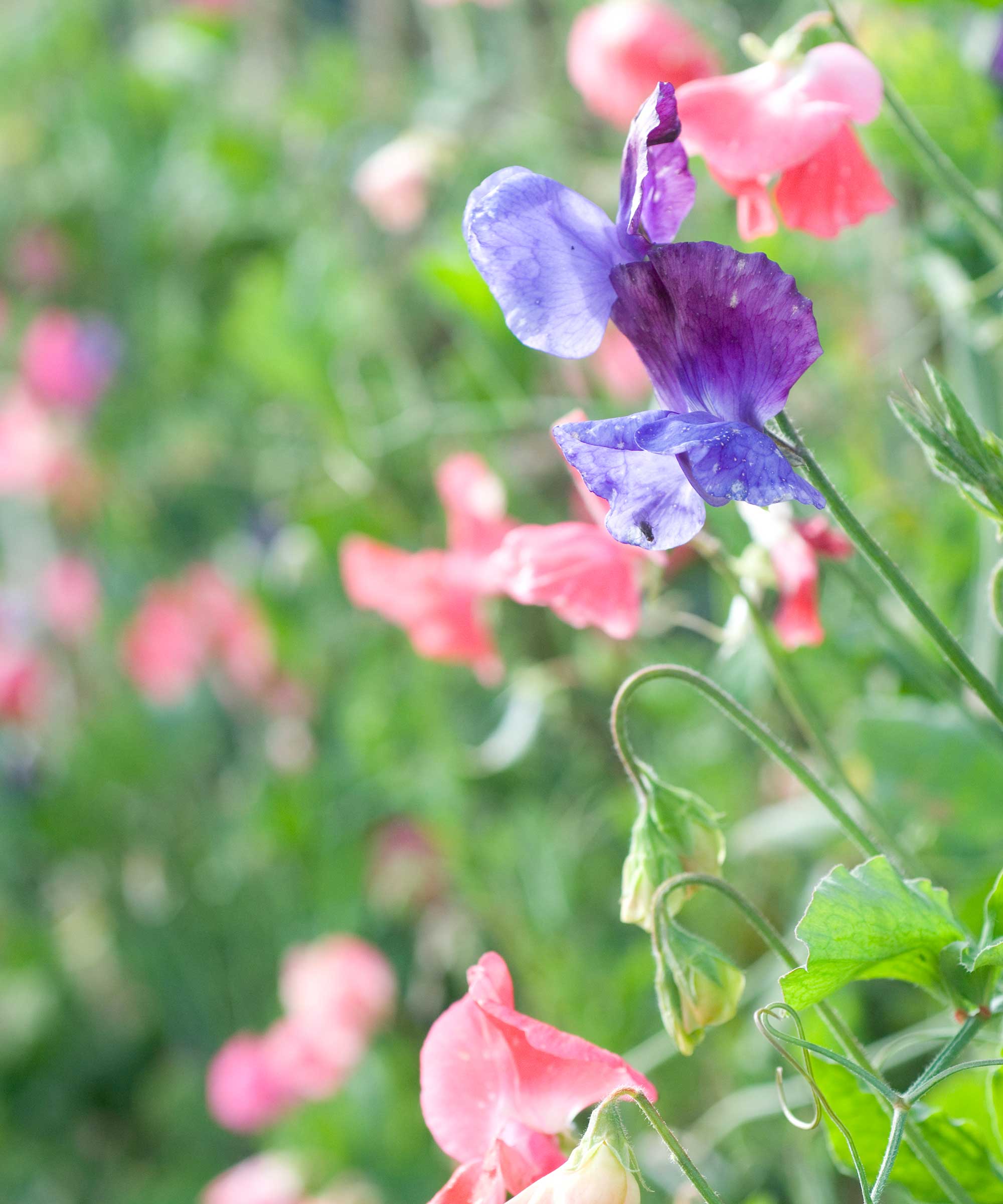
If you have not harvested your sweet pea seeds yet, the window is fast closing but there may still be time if you act fast. As long as the weather is dry and the pods themselves are not showing signs of mold, you can harvest sweet pea seeds if the pods have turned brown and rigid.
Saving seeds allows you to grow your favorite sweet peas again, without having to purchase new packets. Let the seeds completely dry by spreading the pods out on a rack or tray somewhere warm for a few days. Grow sweet peas for next year by sowing plants in October or storing the seeds over winter to sow in spring.
6. Zinnia
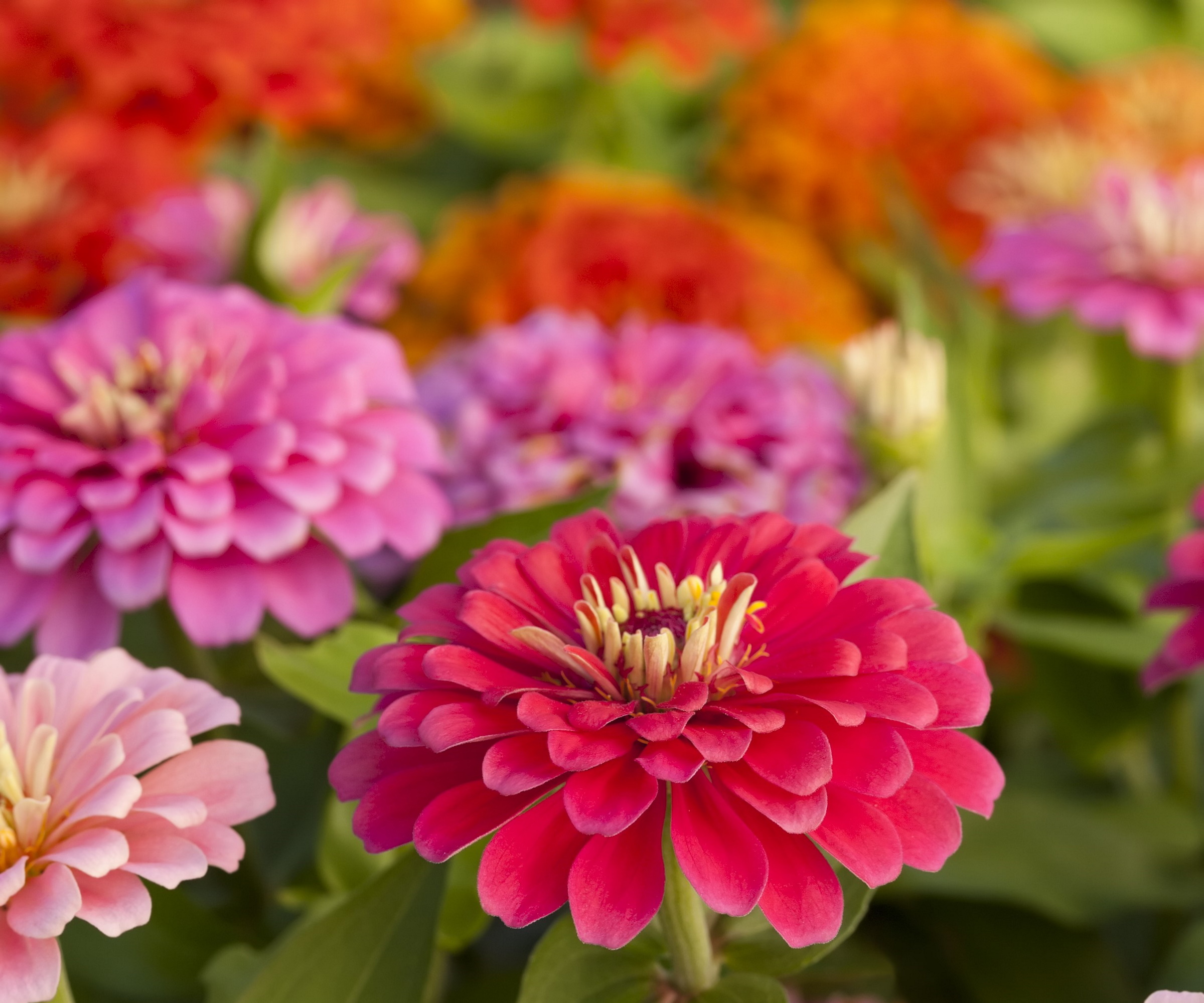
Growing zinnias brings bright pops of color to any flower bed or container. They come in a variety of colors, shapes and sizes and, providing they are open-pollinated or heritage varieties and not hybrids, you can collect zinnia seeds to sow again for blooms next year.
Refrain from completely deadheading zinnias and let some plants go to seed. Wait for the flower heads to turn brown and dry before cutting the seed head off and tapping the individual seeds out to store.
Plant the zinnia seeds you have collected within the next two years - after which their viability will start to drop.
7. Zucchini
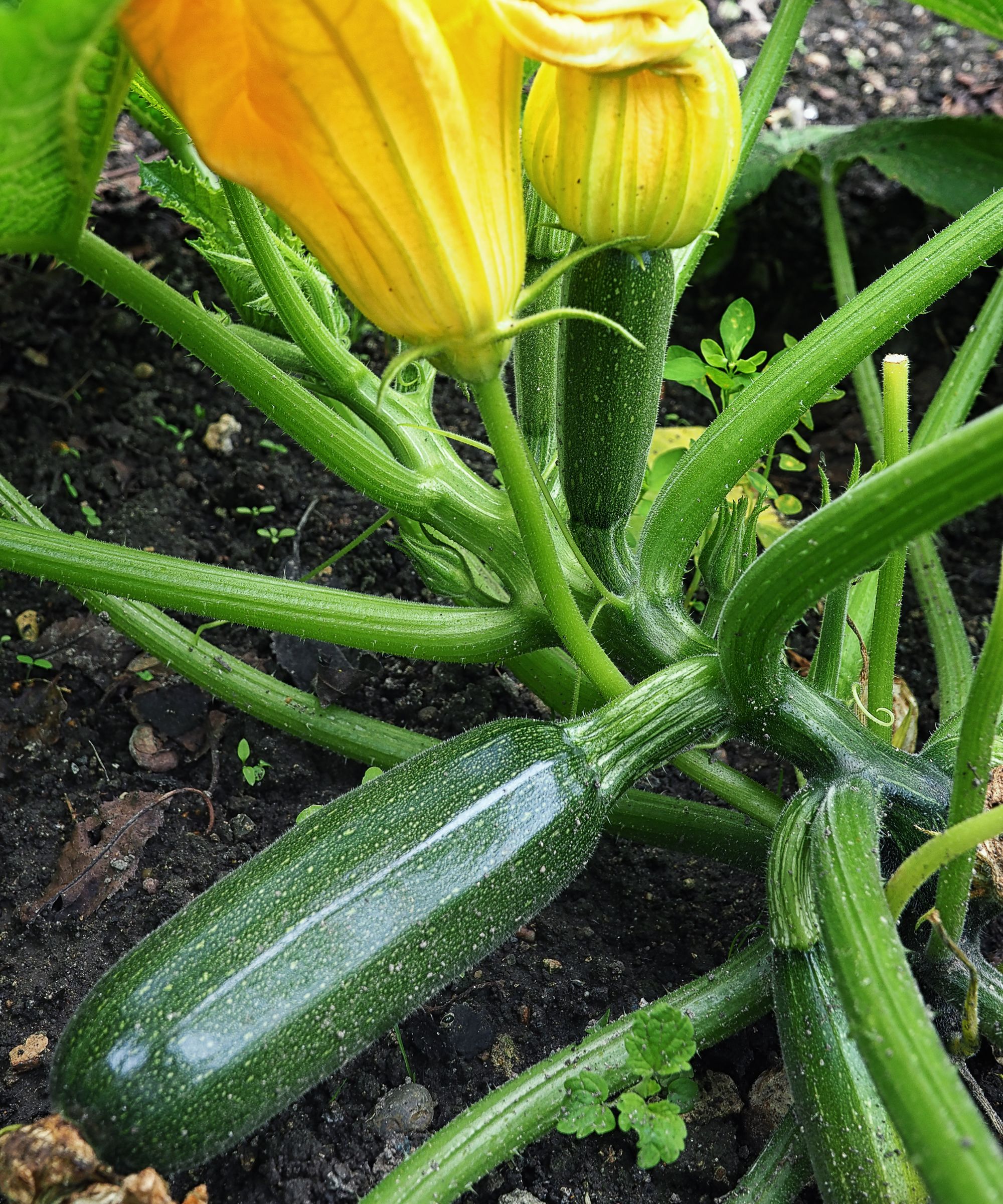
Knowing how to grow zucchini often means a glut of fruits to harvest each summer. Rather than completely harvesting zucchini to use in the kitchen, keeping a couple of fruits separate to harvest zucchini seeds means you can have all you need to sow the crop again next year.
To do so, let the zucchini grow large and wait until the skin gets hard and the color changes. After cutting the fruit from the plant, set it aside for 2-3 weeks before slicing the zucchini open and scooping out the seeds. Rinse and dry the seeds, then store them in a paper packet or air-tight glass container.
Shop essentials for collecting seeds in October
A pair of bypass pruning shears with a fully hardened, precision-ground steel blade and ergonomic soft grip handle to reduce fatigue.
A pack of 50 compact and lightweight paper envelope bags for storing collected seeds.
Glass jars 2.56" in height and 2.24" in diameter made of high-quality clear glass. Ideal for storing any collected seeds.
Collecting seeds this month is a great way to be proactive and start planning for the next growing season. It does not end there, though, as there are vegetables to plant in October and also plants to take cuttings from this month that will get you flowers and crops next year to help make any backyard beautiful and productive.







